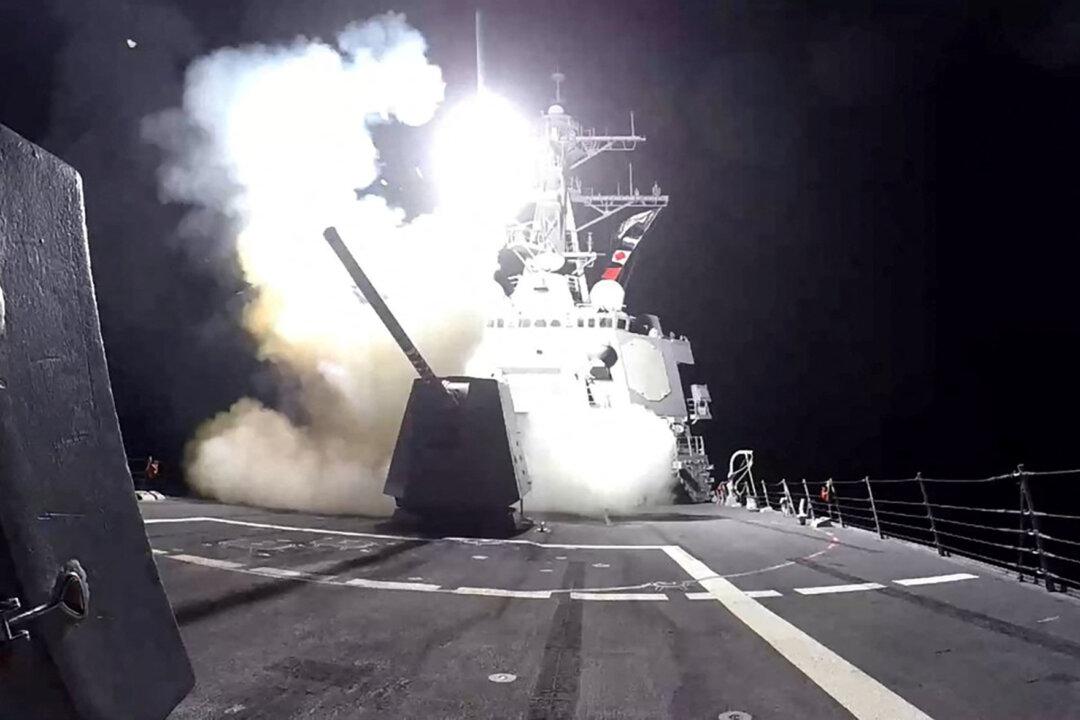WASHINGTON—Pentagon leadership is on track to field thousands of new uncrewed vehicles next year as part of a wider effort to develop a more resilient military.
Deputy Defense Secretary Kathleen Hicks described the achievement as a key milestone in the Pentagon’s Replicator Initiative, which seeks to use non-traditional industry partners to scale the use of drones throughout the military in a diverse array of roles.




